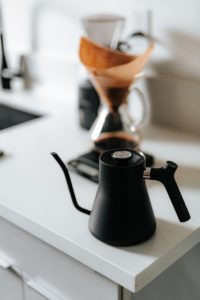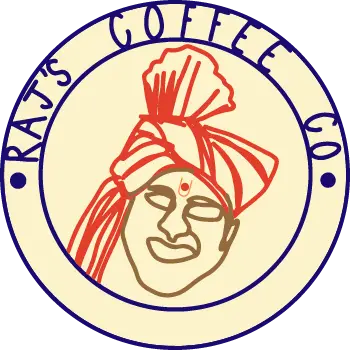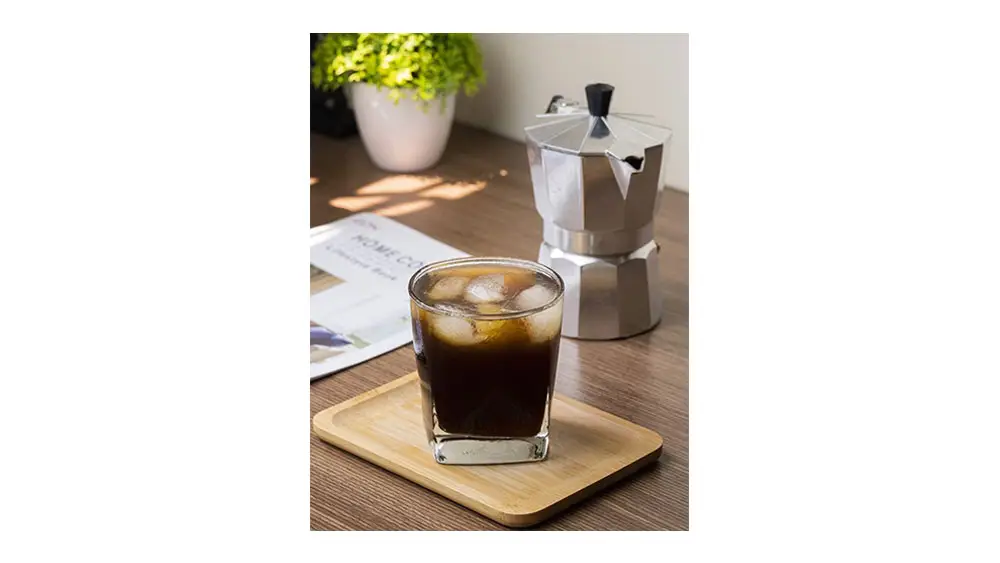There is a suite of different coffee brewers out there. They’re all complex, and they’re all wonderful in their own way. The truth of the matter is that there’s no way for you to know everything about any option before leaping in, but we hope to fill you in on the important details you need to know.
In this article, we’re going to let you know all about the most popular beginner coffee brewers. We’ll start with the French Press, the most common way to brew coffee in your home, and then move on to some other options, from beginner Aeropress tips to starting out with a Moka pot.
French Press
The French press is the most common way to brew coffee, and it’s understandable why. It’s very simple and is reminiscent of the way that people commonly may brew tea, which is something people may be a little more familiar with.
The basic concept is simple – by adding ground coffee and hot water to a French press, the coffee brews through being immersed in the liquid. A strainer is then pressed through the coffee to separate the grounds from the liquid, and the final liquid is served, and drunk.
The main advantage of this way of brewing coffee is that it’s cheap, simple, and understandable. People have been preparing coffee in ways similar to this for a long time because it’s intuitive. As a result, french presses are popular, and they have a really low starting cost – a brewer can cost as little as ten USD.
The main disadvantage of brewing in this way is the texture of the coffee. French presses make use of a metal filter, rather than one made from cloth or paper. This means that exceptionally small pieces of ground coffee can make their way through the mesh filter, and into your cup.
While some people like that a french press coffee has a little bit of texture to it, a number of people particularly don’t. This is a personal choice, of course, but enough people dislike it that we would consider it to be a general disadvantage of this brewing method.
Aeropress
The Aeropress is most people’s first foray into the world of more specialist brewing. It’s a simple concept, really – a syringe, within which the coffee is brewed while being pushed into a mug.
This method is paper filtered, and quite unique in how little cleanup it takes. At the end of the brewing process, the coffee grounds and used filter are pressed together within the Aeropress. That puck can be pushed out into the trash, and then the brewer merely needs a rinse, or a run through the dishwasher, to be perfectly clean again.
The easy-clean ability of this brewer is definitely an advantage, but the other advantage is that it’s a really accessible brewer. It’s only a little more expensive than a French press (typically around 30 USD), and it’s really easy to use. The process is unique, compared to other brewers, but perfectly simple – anyone can learn to brew like this with little effort.
The main disadvantage of this brewer is that the rubber seal within the syringe-shaped brewer is a serviceable part. This means that, after a while of being heated and cooled several times per day, the seal will need to be removed from the brewer, and replaced.
While this is no great hardship, since the part is designed to be easily swappable, it does mean that the brewer isn’t, truly, evergreen: it needs a part replacing once in a blue moon.
Moka Pot
The Moka pot is a little less common in the world of brewing since the coffee it makes is fairly unique. The Moka pot works by adding water to the base of the brewer, coffee to a basket in the same space, and then placing the brewer on the stove. The water heats and, as it boils, press through the coffee puck and fills the upper chamber with brewed coffee.
The coffee made in this way can certainly be delicious – it’s typically full-bodied and very rich, as this brewer makes use of a metal filter. A number of cultures around the world make coffee in pots similar to this system, but the Moka pot is the most popular.
The main advantage of preparing coffee with this brewer is that you end up with something a little like espresso. While the coffee that you make couldn’t be said to truly be espresso, it has a very strong and rich flavor, as well as being fairly small. To most people, coffee made with a Moka pot is a serviceable replacement for espresso, since they’re unwilling or unable to pay over a thousand dollars for an espresso machine. This is a perfectly reasonable choice, of course – some people simply don’t consider that price tag worth it for the small increase in flavor.
The disadvantage of preparing coffee in this way is that the pot can produce fluctuating levels of pressure, due to environmental factors affecting the way steam boils, so it’s exceptionally difficult to make a predictable brew. Often, people find that coffee brewed with a Moka pot is too bitter – the water is too hot as it filters through the coffee, leading to a poor final flavor.
Pourover

Finally, we get to pourover. This brewing method is quite complicated and has been talked about at great length on forums, online videos, and a whole host of other mediums. The general concept is fairly simple, though – add ground coffee to a conical filter (which can be made from cloth, paper, or metal), and then pour water over it in a measured path and amount. The specific measurements of water, coffee, temperature, and time are the things that people debate about at great length – everyone has their own personal favorite recipe.
The main advantage of this brewing method is that it’s really simple. To make an acceptable cup of pourover coffee, you simply need to combine a filter, coffee, and water – anyone can do that!
The main disadvantage of this brewing method is that it can be intimidatingly complex. There are dozens of pourover systems and products on the market, and no matter what you use, you may always wonder how to improve your brew. A great way to look at it could be that while it is simple to make a mediocre cup of pourover coffee, it can be complex and tricky to make a great one.
We hope that this rundown of different types of coffee brewers has given you a little information on the best way to go as you try to boost your brews! We’re sure that, armed with this knowledge, you’ll be able to enjoy great coffee in no time.

